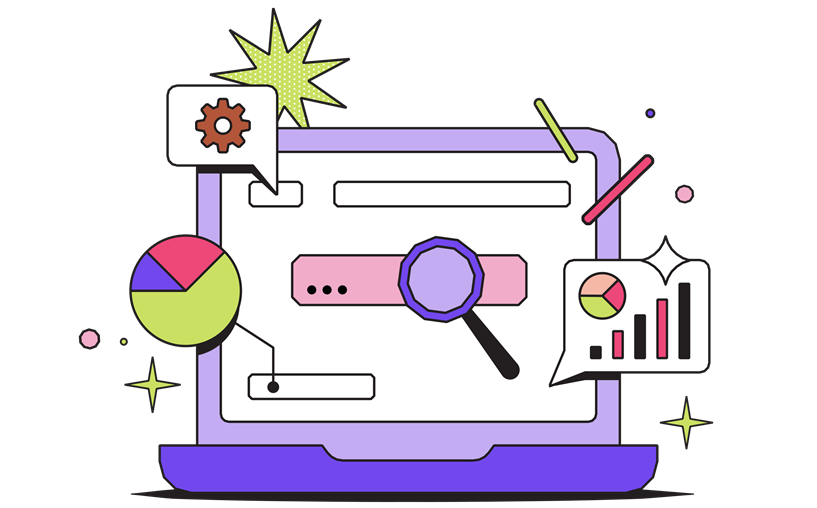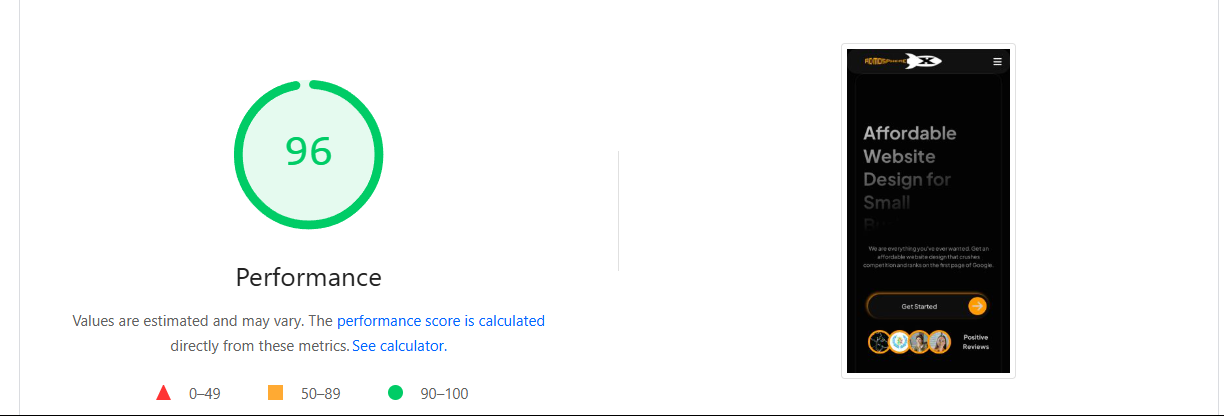When I first started SEO a couple of months ago, I had zero clue what I was doing. I didn’t understand crawling, indexing, robots.txt, sitemaps, backlinks… nothing. Most guides I found online made me feel worse—they were filled with technical jargon and assumed I had expensive tools.
This guide is different. I’m writing it as a beginner, for beginners. I’ll explain every single term simply, share the exact free tools I used, and show you my own results so you know this stuff really works, even if you have no money to spend. To make this guide practical, I’ve also come up with branded strategies that you can reference in your own SEO journey. Let’s dive in.

1. Keyword Research (Start Here)
Before you touch your website, you need to know what people are searching for. This is called keyword research. If you target the wrong keyword—one with super high competition or zero search volume—you’ll waste time.
It’s far more effective to focus on specific keywords with lower competition and steady search volume. I personally find the LockLens Method™ to be the best strategy for finding the right keyword to start with, especially since it’s so simple and entirely free.
- Google Ads Keyword Planner: Shows search volume & competition.
- Google Trends: Tells you whether a keyword is growing or dying.
- SEMrush & Ahrefs (Free Versions): Limited but helpful keyword data.
The LockLens strategy is simple & cost-free but powerful: Start by tracking rising keywords on Google Trends, narrowing in on the ones that matter most to your niche. Next, verify those keywords through Google Ads data to check search volume and competition. From there, run them through free versions of SEMrush and Ahrefs to confirm the numbers and double down on accuracy.
Once you find a keyword with decent volume, low competition, and upward momentum, that’s your green light. This methodical approach helps you stay ahead of trends and maximize visibility. All for free.

 Good keyword examples:
Good keyword examples:


2. Indexing Your Website (Get Noticed)
Once you’ve built your first page with the LockLens Method™, you need Google to know it exists. This is called indexing. On average, indexing can take several days, sometimes even weeks, which is frustrating for anyone who urgently needs their site visible. That’s why we developed the I-I (Instant-Index) Method™, a proven approach that can get your web pages indexed in under 24 hours.
The I-I method uses three simple but powerful tools. First, submit your website through Google Search Console and request indexing. Next, use Pingler to ping your site across multiple search engines. Finally, repeat with Pingomatic to maximize exposure. With this streamlined, cost-free process, your page can often be indexed in less than a day.
3. Sitemaps (Your Website's Map)
After finding your keyword with the LockLens Method™ and indexing your page with the Instant-Index Method™, the next step is to create a sitemap. Think of it as the Google Maps of your website; it tells search engines where all your pages are and how they connect, ensuring all important pages are discoverable.
You can either create your own sitemap manually or generate one using a free online tool. Once it’s ready, simply submit the sitemap through Google Search Console. This step helps Google better understand your site’s structure and ensures that all your important pages are discoverable and properly indexed. It also helps ease navigation throughout your website.
Generates a sitemap for free (up to 500 pages). Upload it and submit it in Google Search Console.

4. Crawlability & Robots.txt
Crawlability is just Google’s ability to move around your website. The robots.txt file is a small file that tells Google what it can or cannot access. You can easily generate a robots.txt file with free tools by simply entering your website URL. Ensuring your website is easily crawlable is also essential because it helps search engines understand which parts of your site should be indexed and which should be avoided. This prevents wasted crawl budget, reduces duplicate content issues, and makes it easier for Google to focus on your most valuable pages.
- SEOptimer Robots.txt GeneratorMake your own robots.txt
- Screaming Frog SEO SpiderTest crawlability.
5. Fixing Broken Links (404 Errors)
A broken link (404 error) is when a user clicks a link that leads to a non-existent page. This hurts user experience and SEO. I ran a check and found 3 broken links I didn’t even know existed. Fixing them improved my crawl score immediately.

6. HTTPS & Security
Even before you start researching keywords with the LockLens strategy TM, or even start building your website, it’s important to choose a reliable hosting provider. A good host ensures your site runs smoothly, loads quickly, and stays secure. Ideally, go for one that offers a free SSL certificate. This not only guarantees your website’s safety but also signals trust to both users and Google. Google prioritizes secure websites (HTTPS instead of HTTP). If your hosting doesn’t give you a free SSL certificate, you’re at a disadvantage.
With SSL in place, your site gains a small but meaningful SEO boost, since Google favors secure websites in its ranking algorithm. In other words, choosing the right hosting provider sets the foundation for better visibility and long-term growth.
7. Duplicate Content
One of the biggest issues that can quietly hurt your SEO performance is duplicate content. This happens when the same (or very similar) content appears on multiple pages of your website, or even across different sites. When search engines see duplicate pages, they struggle to figure out which one should rank, often leading to lower visibility for all versions.
To avoid this, make sure each page of your site has unique, high-quality content. If duplicate content is unavoidable — for example, with product descriptions on e-commerce sites — you can use tools like canonical tags to tell Google which version is the “main” one. Keeping your content original and organized not only improves crawl efficiency but also strengthens your chances of ranking higher.
8. Speed Optimization
Speed optimization is arguably one of the most important factors for your website’s success. Studies show that 53% of users leave a site if it takes longer than 3 seconds to load. On top of that, Google now uses page speed as a ranking factor, meaning slower sites not only lose visitors but also risk dropping in search results.
That’s why we developed the Point Ladder Ranking System™, a step-by-step method for boosting your site’s performance score. Using this very simple system guide, I was able to raise my site from a performance of 43 and turn it into 96 on Google PageSpeed Insights for mobile, and reaching 98 on desktop.
Before Optimization:
 After Optimization:
After Optimization:



Here’s how it works: each speed optimization task is a checkpoint. Every time you complete one, you score points. Achieving 10 or more points means your site is highly optimized.
- Compress images to reduce file sizes.
- Convert images to WebP format for faster delivery.
- Enable lazy loading for images and videos.
- Minify CSS, JavaScript, and HTML.
- Use async or defer for JavaScript to avoid render-blocking.
- Reduce unused CSS/JS.
- Enable browser caching for returning users.
- Use a Content Delivery Network (CDN).
- Optimize server response time (TTFB).
- Preload important resources like fonts or hero images.
9. Backlinks (The Power Move)
Backlinks are arguably the hardest part of SEO to master, but they’re also the most powerful. A backlink is simply when another website links back to yours — and Google treats this as a vote of trust. The more high-quality sites that reference you, the more authority your website earns, which can significantly improve your rankings. In fact, backlinks remain one of the top three ranking factors in Google’s algorithm.
For beginners, here are three effective and beginner-friendly methods for building backlinks:
1. Answer Journalists’ or Bloggers’ Questions Platforms like HARO (Help A Reporter Out) or niche communities allow you to provide expert input to journalists and bloggers. In return, many will credit you with a backlink in their published articles. It’s one of the most natural ways to build high-authority links.
2. Branded Strategies When you create unique, easy-to-remember strategies — like the LockLens Method™, Instant-Index Method™, or Point Ladder Ranking System™ — people naturally reference you in their own content. By giving your methods clear, branded names, you make it simple for others to cite and link back to your work. This turns your intellectual property into a backlink magnet.
3. Guest Posting Writing articles for other websites in your niche allows you to showcase your expertise while earning backlinks. When done naturally (without spamming), guest posting can generate strong, relevant links that build your authority and attract new readers at the same time.
Final Thoughts
I started this SEO journey as a total beginner with no budget and no fancy tools. If I can do this, literally anyone can. The biggest lesson? SEO doesn’t have to be expensive or complicated. You just need the right free tools, beginner-friendly strategies, and patience.
At the end of the day, SEO isn’t about chasing shortcuts or obsessing over every new update.
It’s about understanding the basics, building step by step, and proving that your website deserves attention.
Ranking on Google isn’t magic — it’s consistency. If your site is clear, fast, secure, and genuinely helpful, search engines will notice.
So when you sit down to write, optimize, or promote, ask yourself:
Am I creating something that makes my site stronger today and more trustworthy tomorrow?
That’s the mindset that gets you results.
Not overnight wins. Not “hacks.”
Just simple, steady growth that compounds.

